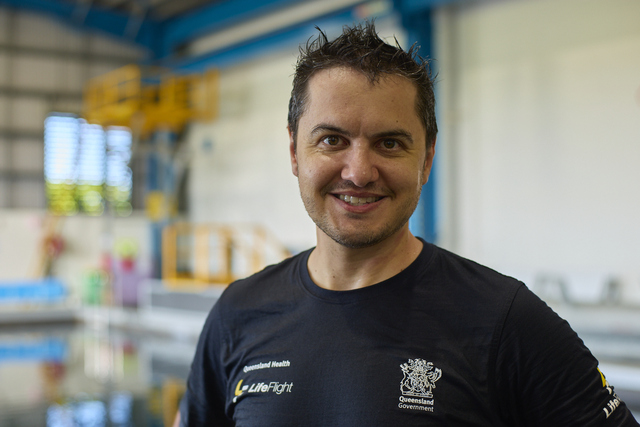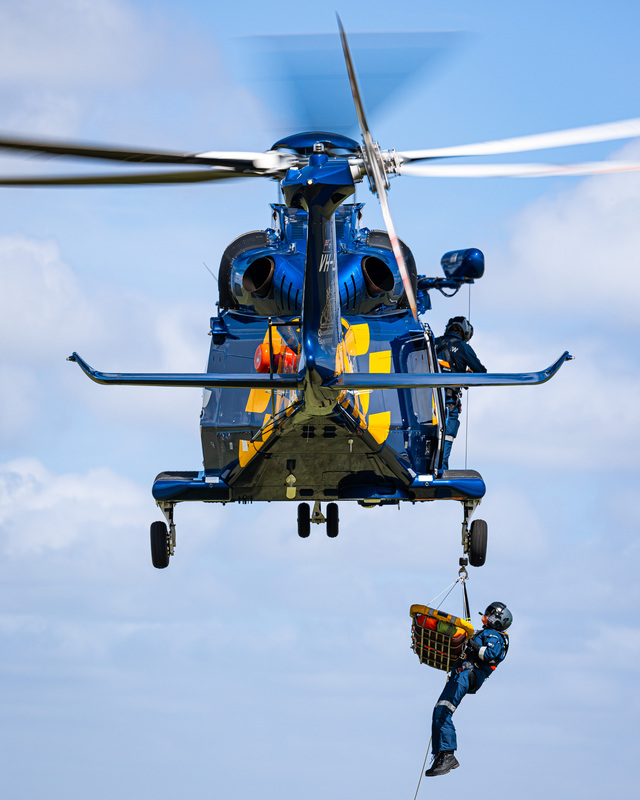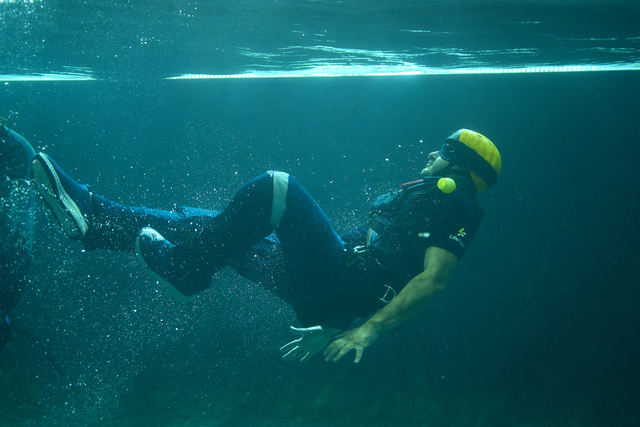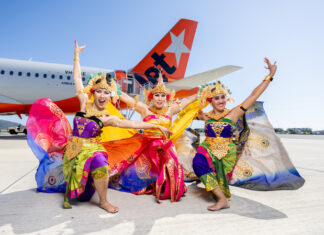Dr Faraaz de Belder is jumping back onto the LifeFlight Sunshine Coast-based helicopter for his second stint with the organisation where he experienced a ‘holy cow’ moment.
Originally from the UK, Dr de Belder said a key reason he moved to Australia in 2019 was to work for LifeFlight.
“I heard about LifeFlight from watching one of the patient reunion videos on YouTube, which was a fantastic insight into what doctors do for LifeFlight,” he said.
“I came back to LifeFlight for a number of reasons, but it’s the best job I’ve ever worked at in my 13 years as a doctor.”
Dr Rhodri Davies and Dr Victoria Mitchell will join Dr de Belder onboard the Sunshine Coast-based aeromedical service.
And you just never know what medical emergency awaits. One of his first rescues at LifeFlight involved an unusual farming incident.
“It was a regional farmer who was herding cattle and in the process of herding a cow and her calf, the cow unfortunately charged at him and sat on his head,” he said.
“This man had a significant head injury. The LifeFlight team and I and our (QAS) ambulance service paramedic were able to deliver an emergency anesthetic to him at the scene.
“I was really fortunate to meet this man a few months later at an event LifeFlight was running and I was so pleased to see him and his wife and the fact he had made a full and complete recovery.”
Dr de Belder is one of 28 doctors about to support communities across Queensland. Before heading out to help people in remote and rural areas, they underwent a week of intensive aeromedical training at the LifeFlight Training Academy.
The specialised Helicopter Underwater Escape Training (HUET), sea survival, rescue winching and clinical scenario training, will enable the new doctors to tackle whatever challenges they may face in the field.
More than 180 medical professionals, including doctors, are employed by LifeFlight, making it Australia’s largest employer of aeromedical doctors.
LifeFlight HUET manager Mick Dowling, said the doctors are trained in scenarios to teach them the primary escape points of an aircraft rapidly filling with water, including simulated darkness.
“It’s important the doctors complete this training to develop escape skills that can then be transferred into an operating aircraft they are working on,” he said.
“It is highly unlikely the aircraft will be in a ditching incident, but aviation best practice requires aviators who are flying over water to complete the HUET training.”
After the doctors were thoroughly dunked, spun, lifted from the water and taught how to survive at sea, they headed to the LifeFlight Clive Berghofer Maintenance Centre for winch training.
LifeFlight check and training aircrew officer Todd Seymour, said winch training is a crucial part of the job that prepares the new doctors for the unpredictability of the role.
“No two days are the same for us at LifeFlight,” he said.
“The doctors learn emergency checks around the aircraft, winch statics in the hangar and then we go out and put those statics into practice on the field.
“The doctors learn multiple exercises. They learn how to be winched out of the aircraft by themselves, how to be winched out of the aircraft with a rescue crewman or paramedic and learn how to accompany a stretcher into the aircraft.
“They’re going to remote areas across Queensland and they could be in dense bushland or out to sea off a cruise ship, so it’s important they’re delivered the training they need to perform these roles to a high and safe standard.”
The doctors had their clinical skills pushed to the limit at the Queensland Combined Emergency Services Academy, with realistic simulated scenarios in a ship, ambulance, multi-vehicle collision and house party setting.
The new recruits were also taught how to extract a patient from a road accident by Queensland Fire Department (QFD) personnel.
The LifeFlight Sunshine Coast-based helicopter crew helped 569 people in 2024 and clocked up 938 flight hours.
LifeFlight has helped more than 90,000 people since first taking to the skies in 1979 on the Sunshine Coast.
The majority of LifeFlight critical care doctors’ work is performed on behalf of Queensland Health, tasked by Retrieval Services Queensland, within Queensland Ambulance Service.









